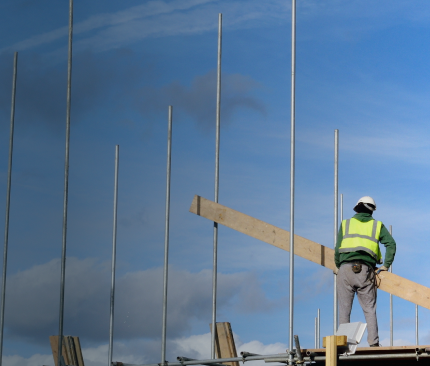Ensuring the safety of high-risk workers is a critical responsibility for employers across various industries, especially employers with lone workers. In Australia, sectors such as mining, construction, healthcare, agriculture, and manufacturing employ thousands of workers who face unique risks daily. These workers are often exposed to dangerous substances, heavy machinery, extreme environmental conditions, and potential violence. Implementing stringent safety measures is essential to protect these employees and ensure compliance with regulations.
High-risk workers in different sectors are susceptible to various hazards such as equipment malfunctions, health issues due to prolonged exposure to harmful substances, and physical injuries. Employers must prioritise safety to prevent accidents and health complications, which can be severe and sometimes fatal. By adopting advanced safety protocols and utilising the latest technology, employers can create a safer working environment for their high-risk workers.
Here are five essential tips for employers with high-risk workers:
1. Advanced safety equipment
Equip your workers with the latest safety gear to protect them in high-risk environments. This includes providing helmets, reflective clothing, and SafeTCard devices for organisations for real-time monitoring when activated and emergency alerts. High-quality safety equipment is essential to protect workers from physical injuries and enhance their visibility in hazardous conditions. SafeTCard devices allow for monitoring when activated and quick emergency response, ensuring that help is always available when needed.
2. Comprehensive training
Provide extensive training on safety protocols, equipment usage, and emergency response specific to high-risk environments. Workers should be thoroughly educated on how to operate machinery safely, recognise potential hazards, and respond effectively in emergencies. Regularly updated training programs ensure that all employees are familiar with the latest safety practices and technologies, reducing the likelihood of accidents and improving overall safety awareness.
3. Regular safety drills
Conduct frequent safety drills to ensure workers are familiar with emergency procedures and can act quickly in case of an incident. These drills should cover various emergency scenarios, including evacuations, equipment failures, and medical emergencies. Regular drills help reinforce the correct responses and ensure that safety procedures become second nature to employees, enabling them to react swiftly and effectively in real-life situations.
4. Health monitoring
Implement health monitoring systems to track the well-being of workers, particularly in extreme conditions. High-risk environments can be physically demanding, and workers are often exposed to harsh temperatures, toxic substances, and strenuous activities. Health monitoring systems can track vital signs, detect early signs of heat stress, respiratory issues, or other health concerns, and ensure that workers have access to hydration and cooling systems if needed. Monitoring workers’ health helps in preventing serious health problems and ensuring timely medical intervention when necessary.
5. Environmental monitoring
Use technology to monitor environmental conditions such as air quality, temperature, and potential hazards within the workplace. Advanced sensors and monitoring systems can detect dangerous levels of gases, dust, and other harmful substances, allowing for immediate corrective actions. Environmental monitoring helps businesses with remote workers maintain a safe working environment by ensuring that conditions remain within safe limits, thereby protecting workers from long-term health risks and immediate dangers.
Conclusion
According to Australian lone worker legislation, employers have a duty of care to ensure the safety and well-being of their high-risk workers across various industries where hazards are prevalent. By implementing these five essential tips—advanced safety equipment, comprehensive training, regular safety drills, health monitoring, and environmental monitoring—employers can create a safer working environment for their employees. SafeTCard provides advanced safety solutions that help employers meet these obligations and protect their workers effectively.
For more information on how SafeTCard can help you enhance the safety of your high-risk workers, contact us today. Together, we can ensure a safer and more secure working environment for all high-risk employees.
>> You might be interested in 5 Tips for Employers With Staff Working Unusual Hours or Night Shifts




